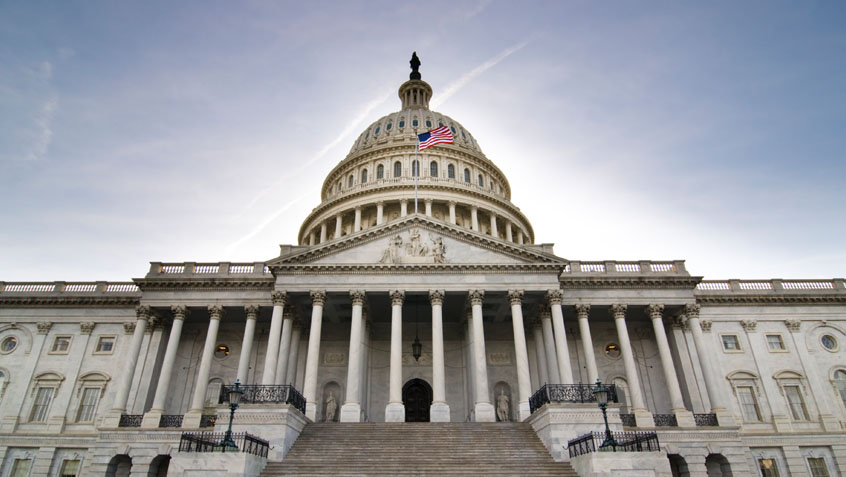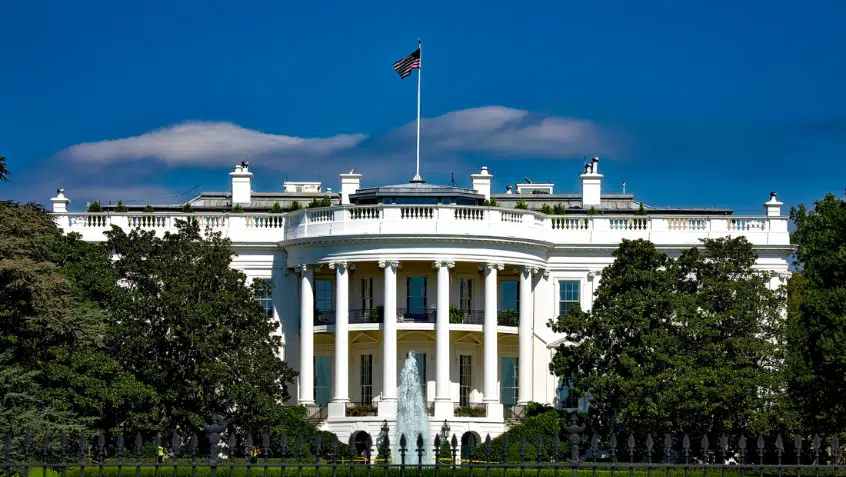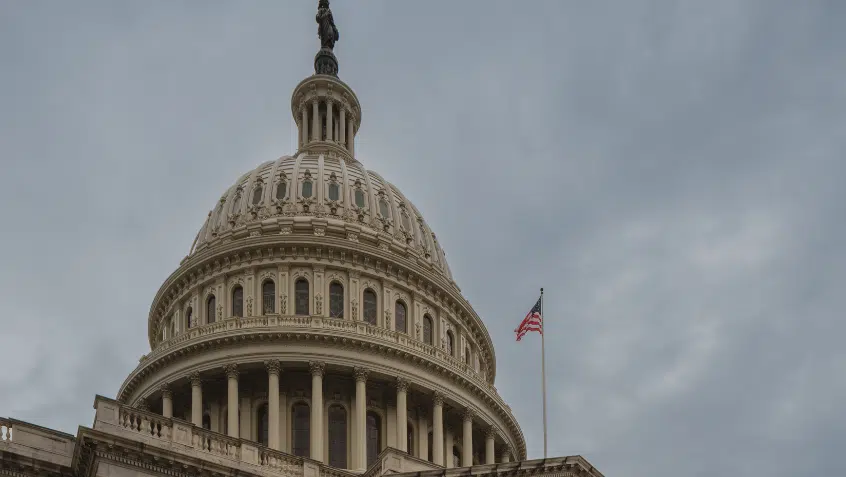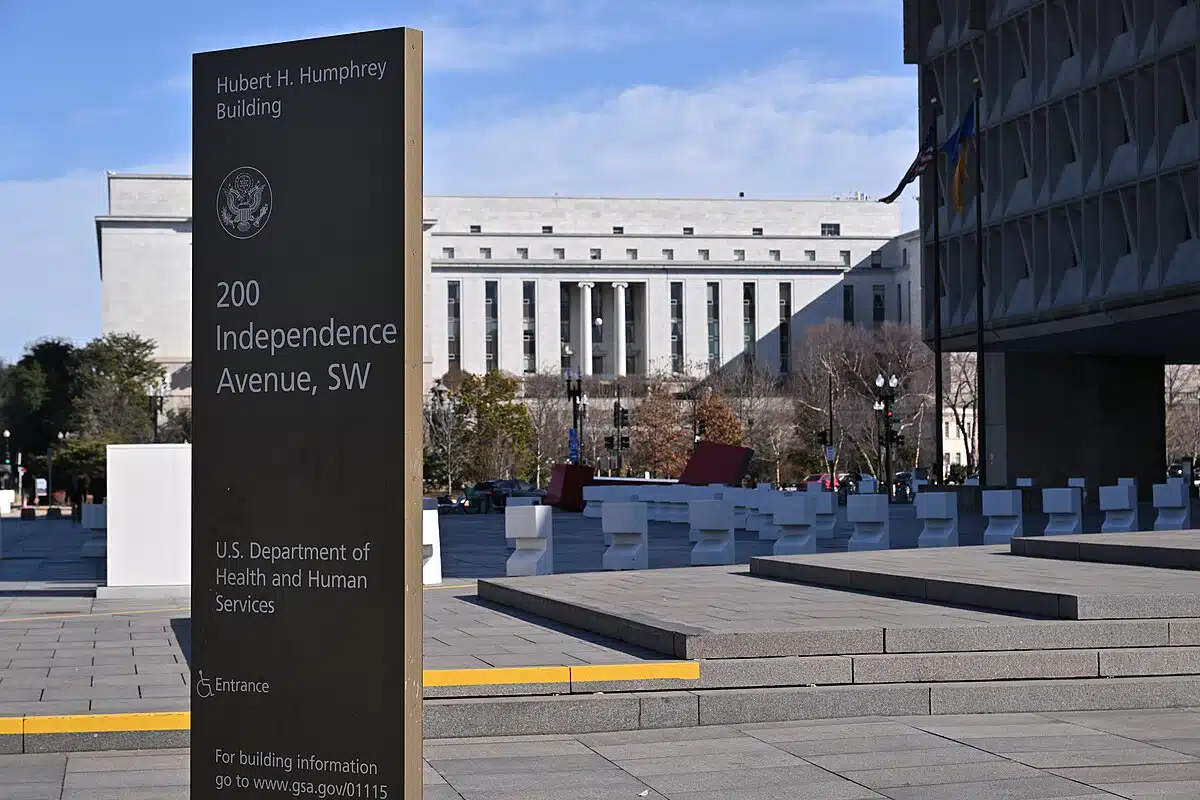KFF Examines Medicaid Eligibility Pathways for Dually Eligible Individuals
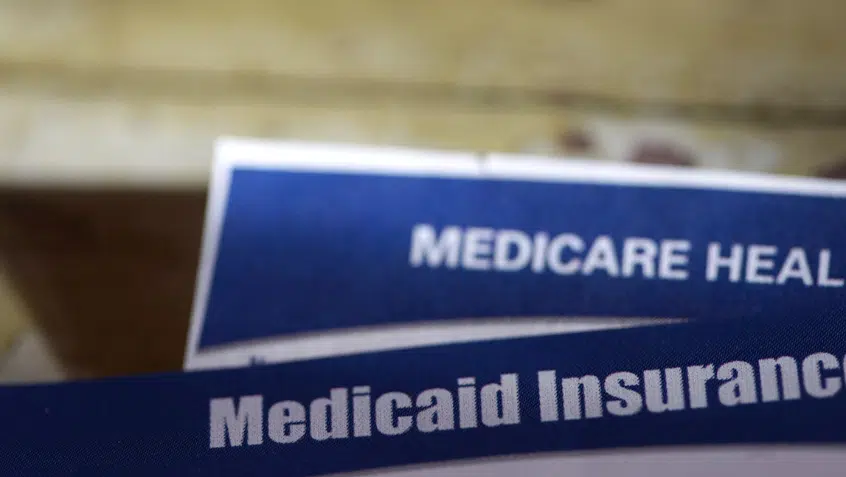
For the nearly 13 million people enrolled in both Medicare and Medicaid—known as dual eligible individuals—Medicare is their primary insurer. It mainly pays for medical services, such as hospital care, doctors’ visits, and prescription drugs. Medicaid wraps around this coverage, often helping with Medicare costs and paying for services Medicare excludes, depending on the source of the individual’s Medicaid eligibility.
Dual eligibles typically qualify for Medicare based on their age or disability status. Many qualify for “full Medicaid” and are eligible for Medicaid coverage for services not offered by Medicare, such as long-term services and supports (LTSS), vision, and dental care. Others have “partial Medicaid” through the Medicare Savings Programs (MSPs). MSPs help pay enrollees’ Medicare costs but do not include other Medicaid benefits. Full-benefit duals usually also qualify for MSPs.
States have leeway in designing and operating the full Medicaid and MSP eligibility pathways.
Under federal rules, they must enroll people who receive Supplemental Security Income (SSI) into full Medicaid and eligible Medicare beneficiaries into the MSPs. But they can go further, including by offering “coverage beyond what is required under federal law to low-income seniors and people with disabilities; coverage for ‘medically needy’ individuals who qualify for Medicaid after deducting incurred medical expenses from their income; and coverage for people who need LTSS.”
States also have administrative flexibility to maximize Medicaid and MSP enrollment. New federal rules require states to make certain changes to reduce burdens on applicants and enrollees. As these streamlining updates start to take effect, a new KFF issue brief examines current state practices and policies. The key takeaways include:
- Most dually eligible individuals are enrolled in Medicaid through mandatory eligibility pathways: 4.6 million through SSI and 4.1 million through the MSPs. The remaining 4.5 million are enrolled through income or need-based optional pathways.
- Among the 9.7 million dual-eligible individuals with full Medicaid, nearly half (47%) are eligible through SSI, the only mandatory pathway to full Medicaid.
- Although it is only offered by 28 states, the next most common pathway for full Medicaid is an optional pathway that provides coverage for seniors and people with disabilities who have income below the federal poverty level, covering 14% of full-benefit dually eligible individuals. Other optional pathways are offered by more states, but only a small percentage of dual eligibles enroll in each.
- Virtually all (92%) dually eligible individuals with partial Medicaid (3.1 million) are eligible through the MSPs. Federal law defines minimum income and resource limits for each of the Medicare Savings Programs. In 2024, 18 states reported having income and/or asset levels above these levels. Those states are home to 1.1 million or a third (33%) of dual-eligible individuals with partial Medicaid.
Meaningful coverage and access to care is critical to helping people build and maintain health and economic security. For people with both Medicare and Medicaid, realizing this promise will require improving the two programs’ eligibility, enrollment, and coordination systems. In our experience, while people who are dually eligible have diverse needs and circumstances, nearly all face challenges navigating their coverage since being enrolled in Medicare and Medicaid can mean working with two sets of benefits, rules, processes, and providers.
For more on coverage for dually eligible individuals, see the Medicare Rights Center’s new case study series, designed to inform conversations and policy decisions around enhancing benefits access and coordination for individuals who are dually eligible for Medicare and Medicaid.
Read the KFF issue brief, What Are the Primary Medicaid Eligibility Pathways for Dual-Eligible Individuals?
The Latest
Most Read
 Congress Moves to Cut Medicaid
Congress Moves to Cut Medicaid  Threats to the Social Security Administration and to Benefits Continue to Raise Alarm
Threats to the Social Security Administration and to Benefits Continue to Raise Alarm House Adopts Senate Budget Plan, Laying the Groundwork for Significant Health Care Cuts
Trump Administration and DOGE Eliminate Staff Who Help Older Adults and People With Disabilities
Add Medicare to Your Inbox
Sign up to receive Medicare news, policy developments, and other useful updates from the Medicare Rights.
View this profile on InstagramMedicare Rights Center (@medicarerights) • Instagram photos and videos

